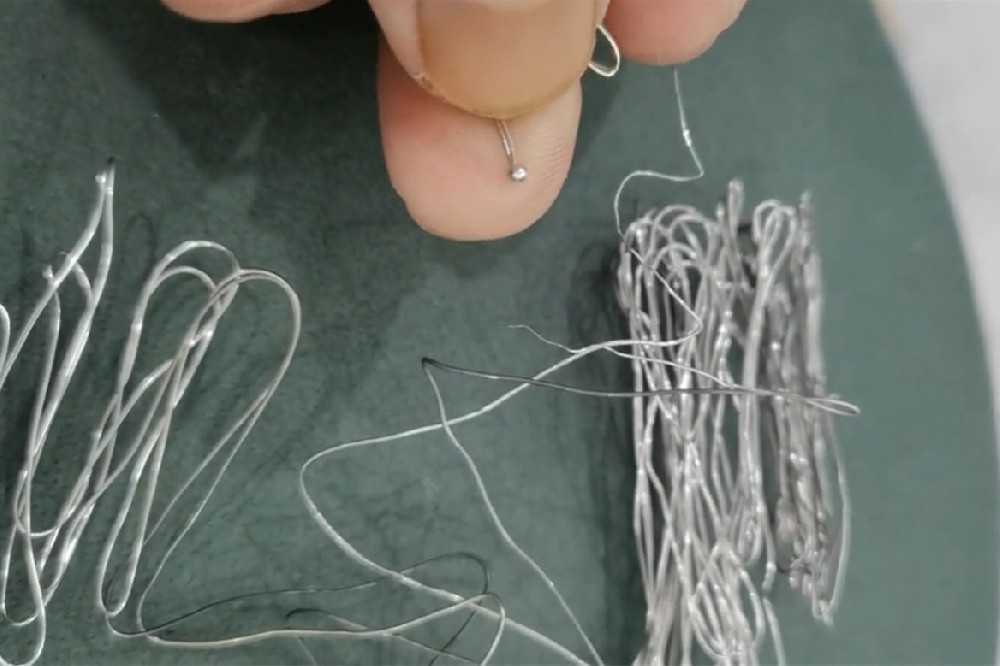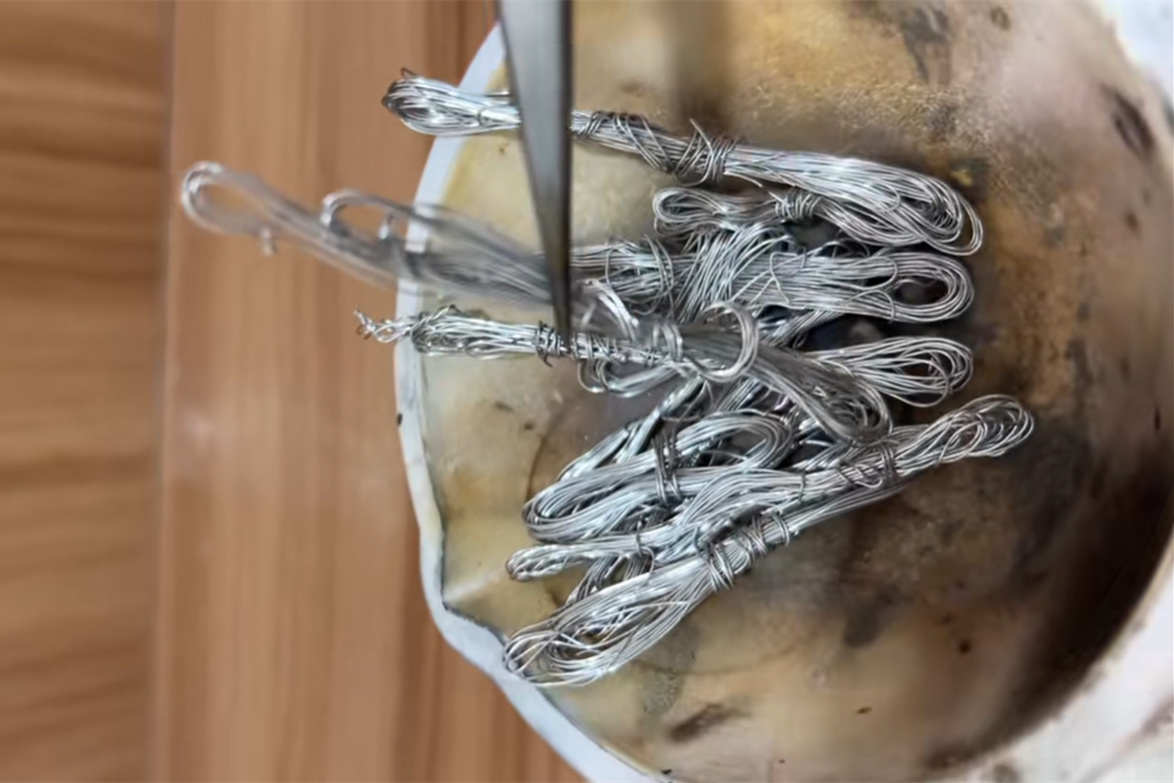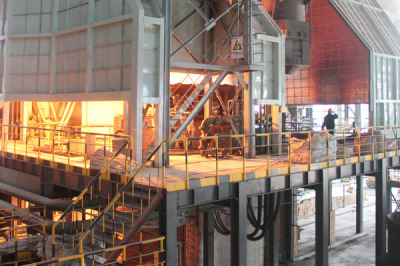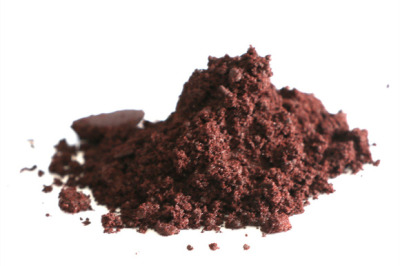Are all thermocouples made with platinum-rhodium wire?
In the field of temperature measurement, thermocouples, as widely used temperature sensors, provide crucial support for us to accurately perceive and control temperature. Among the various types of thermocouples, there are significant differences between ordinary thermocouples and those containing platinum-rhodium wire.

Ordinary thermocouples are typically made of metal materials such as nickel-chromium-nickel-silicon and copper-constantan. These metallic materials are relatively low in cost and can meet basic needs in temperature measurement scenarios for general industrial production and daily life. For instance, in common industrial heating furnaces, ordinary thermocouples can monitor the furnace temperature in real-time, ensuring the stability of the heating process. In home heating systems, they can also rely on ordinary thermocouples to precisely control indoor temperature, creating a comfortable living environment for people. In contrast, platinum-rhodium wire is usually applied in high-end or specialized thermocouples. Platinum-rhodium wire is a precious metal alloy composed of platinum and rhodium, possessing a series of exceptional physical properties. Firstly, it exhibits outstanding high-temperature stability, maintaining good physical and chemical properties even in environments with temperatures up to 1600°C or higher. It does not deform or oxidize due to high temperatures, ensuring the accuracy and stability of thermocouple measurements in extreme high-temperature conditions. For example, in the aerospace industry, where the internal temperature of engine combustion chambers is extremely high, only thermocouples containing platinum-rhodium wire can accurately measure temperatures in such harsh environments, providing critical data for engine performance optimization and safe operation. Secondly, platinum-rhodium wire has strong corrosion resistance, maintaining the integrity of its structure and performance for a long time, whether under the erosion of corrosive chemicals such as strong acids and bases or in complex natural environments with high temperatures and humidity. This makes it indispensable in special production processes in the chemical and metallurgical industries.
In contrast, platinum-rhodium wire is usually applied in high-end or specialized thermocouples. Platinum-rhodium wire is a precious metal alloy composed of platinum and rhodium, possessing a series of exceptional physical properties. Firstly, it exhibits outstanding high-temperature stability, maintaining good physical and chemical properties even in environments with temperatures up to 1600°C or higher. It does not deform or oxidize due to high temperatures, ensuring the accuracy and stability of thermocouple measurements in extreme high-temperature conditions. For example, in the aerospace industry, where the internal temperature of engine combustion chambers is extremely high, only thermocouples containing platinum-rhodium wire can accurately measure temperatures in such harsh environments, providing critical data for engine performance optimization and safe operation. Secondly, platinum-rhodium wire has strong corrosion resistance, maintaining the integrity of its structure and performance for a long time, whether under the erosion of corrosive chemicals such as strong acids and bases or in complex natural environments with high temperatures and humidity. This makes it indispensable in special production processes in the chemical and metallurgical industries. Platinum-rhodium wire has a high recycling value, typically several hundred yuan per gram. This is mainly due to its precious metal properties and the high cost involved in its production. Recycling platinum-rhodium wire not only achieves the recycling of resources, reduces dependence on primary mineral resources, and lowers environmental pollution, but also brings significant economic benefits. Some professional recycling enterprises use advanced technological means to extract platinum-rhodium wire from waste materials such as used thermocouples containing platinum-rhodium wire. After purification and processing, the extracted wire is reused in industrial production, effectively reducing production costs and improving resource utilization efficiency.
Platinum-rhodium wire has a high recycling value, typically several hundred yuan per gram. This is mainly due to its precious metal properties and the high cost involved in its production. Recycling platinum-rhodium wire not only achieves the recycling of resources, reduces dependence on primary mineral resources, and lowers environmental pollution, but also brings significant economic benefits. Some professional recycling enterprises use advanced technological means to extract platinum-rhodium wire from waste materials such as used thermocouples containing platinum-rhodium wire. After purification and processing, the extracted wire is reused in industrial production, effectively reducing production costs and improving resource utilization efficiency.






